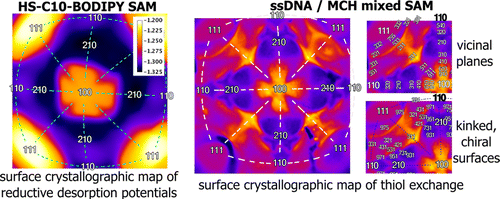 Danny B. Leznoff (Simon Fraser University) Professor, Inorganic Chemistry. Leznoff Group Website Research Area: Organometallic and Inorganic Chemistry Topics: supramolecular coordination polymers, magnetic materials, open-shell organometallics, actinide chemistry, metal-metal bonds Compounds which contain unpaired electrons can be found throughout chemistry, from the active sites in many proteins to magnetic materials. The variety of spin carriers is impressive: such systems can involve transition metals, lanthanides and organic radicals. We are interested in all aspects of paramagnetic molecules, in particular focusing on the areas of advanced molecular magnetic materials and paramagnetic organometallic complexes. Molecular Magnetic Materials are a new type of magnetic material composed of molecules rather than metal atoms. This fundamental difference allows us to create types of advanced materials that have 'radically' different properties compared to classical magnets. For example, molecular magnetic materials can be dissolved. They can be highly coloured or transparent. Imagine a luminescent magnet, a chiral magnet or magnetic polymers! These long-term goals have applications in the electronics and computer industries as information storage and display components, as sensors and as molecular switches.
0 Comments
 Paul W. Percival (Simon Fraser University) Professor, Physical Chemistry Percival Group Website Research Area: Muonium Chemistry and its applications to H atom kinetics, organic free radicals and chemistry in supercritical water. Muonium (Mu) is the exotic atom consisting of a single electron and a positive muon. From a chemical point of view, muonium is a light isotope of hydrogen; its mass is 1/9 that of H. Our experimental program is conducted at the TRIUMF accelerator facility (see also SFU TRIUMF), one of the few places in the world where high intensity muon beams are available. The muon lifetime is short (2.2 µs), and measurements involve particle physics, fast electronics and computers. However, the experimental techniques muon spin rotation (µSR), muon level-crossing resonance (µLCR) and rf-µSR, all have close parallels in conventional magnetic resonance (NMR and ESR).  Dan Bizzotto (UBC) Professor, Analytical Chemistry Bizzotto Group Website Research Area: Electrochemistry and Electrochemical Techniques Electrochemical processes form the basis for many chemical phenomena; the purification of metals, the detection method used in some biosensors, the creation of electrical energy in a fuel cell. Study of the chemistry that occurs on an electrode surface requires the use of many electrochemical techniques as well as in-situ spectroscopic and microscopic tools. Our main research focus is the study of molecular films adsorbed onto electrode surfaces. We investigate how the electric potential changes the nature of the molecules on the electrode surface. We probe these changes using electrochemistry (voltammetry, impedance, chronocoulometry) and in-situ spectroscopies such as FTIR, reflectance, Raman, and fluorescence in addition to AFM. We have also used these techniques to probe the electrocatalytic properties of Pt and Pt - alloy catalysts that may find use in fuel cell applications Recent Paper: "Influence of Surface Structure on Single or Mixed Component Self-Assembled Monolayers via in Situ Spectroelectrochemical Fluorescence Imaging of the Complete Stereographic Triangle on a Single Crystal Au Bead Electrode", J. Am. Chem. Soc., 2015, 137, pp 276–288. |
BlogWelcome to our blog! Our goal is to feature local division members, their research, and experiences. We highlight faculty, students, and industry alike to show the far reach of our community and their contributions to the local chemistry ecosystem. If you would like to contribute the the blog or be featured as a local member, please reach out at cicvancouversection [at] gmail.com. Archives
August 2017
Categories
All
|


 RSS Feed
RSS Feed
